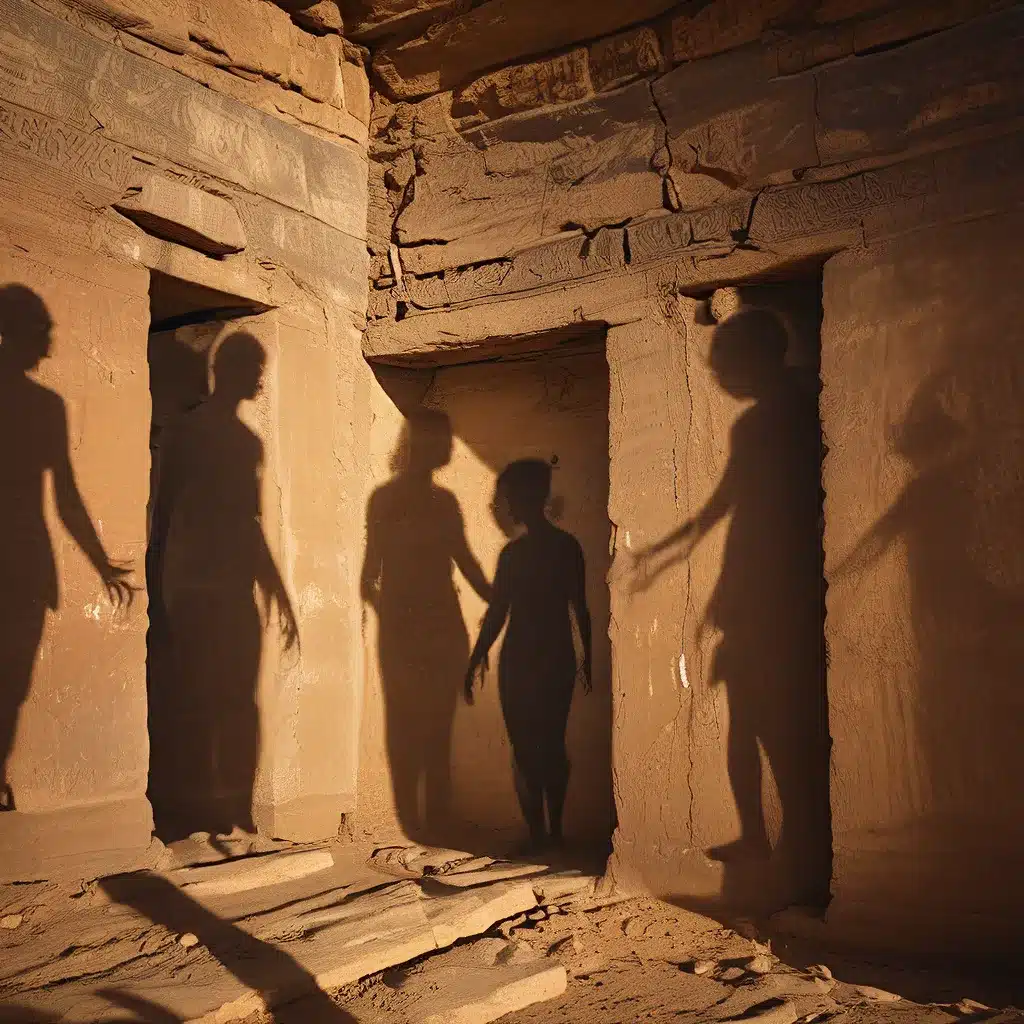
Unearthing the Mysteries of Forgotten Civilizations
From the rugged deserts of the Middle East to the lush rainforests of South America, the Earth’s surface conceals a trove of untold stories, waiting to be unraveled by the patient hands of archaeologists and historians. These are the tales of lost civilizations, cultures that have faded from the collective memory of humankind, yet have left indelible marks on the trajectory of human development.
One such captivating narrative emerges from the ancient ruins of Mesopotamia, where the Sumerian people once thrived, laying the foundations for some of the earliest advancements in agriculture, architecture, and mathematics. Their cuneiform script, etched onto clay tablets, has provided a window into a world that has long been shrouded in mystery, revealing insights into their complex religious beliefs, sophisticated administrative systems, and the daily lives of their people.
Similarly, the Indus Valley Civilization, which flourished in present-day India and Pakistan, has captivated archaeologists with its meticulously planned cities, advanced sanitation systems, and the enigmatic script that has eluded translation to this day. The sheer scale and organization of this ancient culture, which predates even the rise of the Egyptians, have left researchers scratching their heads, eagerly awaiting new discoveries that might unravel its secrets.
Decoding the Hieroglyphs of Ancient Egypt
No discussion of lost civilizations would be complete without mentioning the timeless allure of ancient Egypt. From the awe-inspiring grandeur of the pyramids to the intricate hieroglyphic inscriptions that adorn their walls, this civilization has captured the imagination of people across the globe for centuries.
The decipherment of the Rosetta Stone in the early 19th century was a pivotal moment in the study of ancient Egyptian culture, as it allowed scholars to unlock the meaning of the enigmatic hieroglyphs that had eluded comprehension for so long. This breakthrough paved the way for a deeper understanding of Egyptian religious beliefs, administrative practices, and the daily lives of its people, from the ruling elite to the common laborers.
Ongoing archaeological excavations continue to yield new insights into the evolution of ancient Egyptian society, from the early dynasties to the height of its imperial power under the New Kingdom. The discovery of the intact tomb of Tutankhamun in 1922, for example, provided a wealth of information about the rituals and material culture associated with royal burials, shedding light on the complex belief systems that underpinned this ancient civilization.
Mesoamerican Marvels: The Rise and Fall of Empires
Across the Atlantic, the Mesoamerican region has also captivated researchers with its rich tapestry of lost civilizations, each with its own unique cultural heritage and impressive technological achievements. The Maya, the Aztec, and the Inca are just a few of the powerful empires that have left an indelible mark on the history of the Americas.
The Maya, with their intricate calendar systems, advanced architectural feats, and sophisticated mathematical and astronomical knowledge, have long been the subject of intense scholarly fascination. The recent decipherment of their hieroglyphic writing system has provided new insights into their political, social, and religious structures, offering a more nuanced understanding of this enigmatic civilization.
The Aztec Empire, with its capital city of Tenochtitlan, was a formidable power that came to dominate much of central Mexico prior to the arrival of the Spanish. Their sophisticated urban planning, impressive engineering projects, and complex religious rituals have been the focus of extensive research, shedding light on the rich cultural traditions that flourished in pre-Columbian Mesoamerica.
Further south, the Inca Empire stands as a testament to the remarkable achievements of ancient civilizations. Their vast road network, intricate system of agricultural terraces, and masterful stonework, exemplified by the iconic site of Machu Picchu, have captivated the imagination of modern-day explorers and historians alike.
Uncovering the Enigmas of the Anasazi and Cahokia
Closer to home, the Anasazi and Cahokia civilizations have also captured the attention of archaeologists and the public alike, with their intriguing histories and the mysteries that continue to surround them.
The Anasazi, also known as the “Ancestral Puebloans,” thrived in the American Southwest, constructing elaborate cliff dwellings and developing advanced agricultural techniques to survive in the arid landscape. The sudden and unexplained abandonment of their settlements in the 13th century has puzzled researchers, leading to theories ranging from climate change to social upheaval.
Similarly, the Cahokia Mounds in present-day Illinois represent the largest pre-Columbian settlement north of Mexico, boasting a sophisticated urban plan, complex social hierarchy, and advanced agricultural practices. The decline and eventual abandonment of this thriving metropolis in the 14th century remain a subject of intense debate, with researchers exploring possibilities such as environmental degradation, political instability, and the impact of European contact.
Unraveling the Mysteries of the Lost World
As we delve deeper into the rich tapestry of ancient civilizations, it becomes clear that the process of uncovering and understanding the past is an ongoing and captivating endeavor. Each new archaeological discovery, each deciphered artifact, and each reexamination of historical narratives has the potential to rewrite our understanding of human history, challenging long-held assumptions and opening up new avenues of exploration.
The importance of preserving and protecting these ancient sites cannot be overstated, as they serve as crucial touchstones for understanding the evolution of human societies and the shared experiences that have shaped our collective heritage. By unraveling the mysteries of the past, we not only satisfy our innate curiosity but also glean valuable insights that can inform our present and guide our future.
As you explore the world of ancient civilizations and the latest archaeological findings, prepare to be captivated by the enduring legacies of these lost cultures, whose shadows continue to shape the tapestry of human history.


